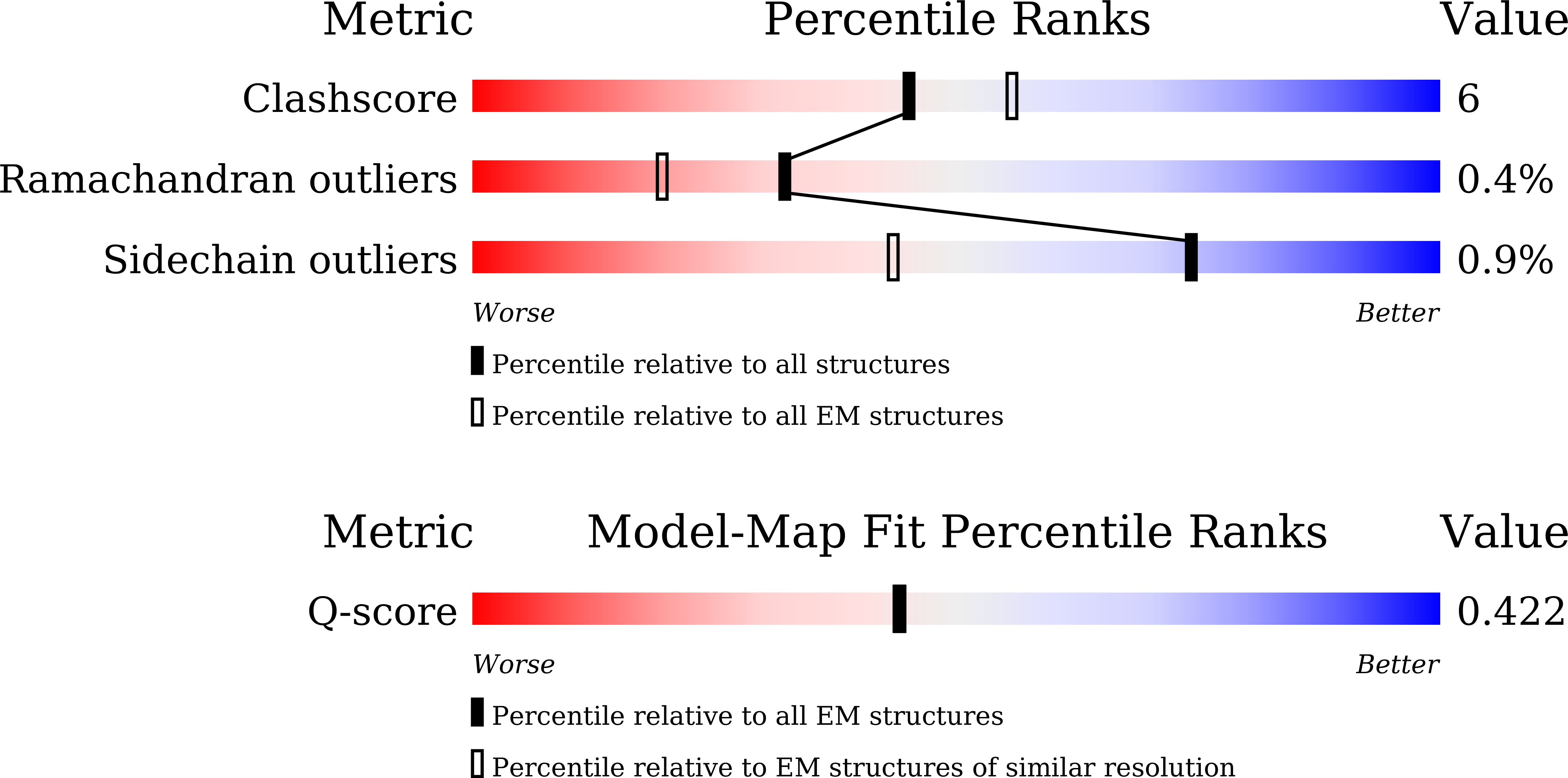
Deposition Date
2024-10-30
Release Date
2025-10-15
Last Version Date
2025-10-15
Method Details:
Experimental Method:
Resolution:
3.53 Å
Aggregation State:
PARTICLE
Reconstruction Method:
SINGLE PARTICLE


